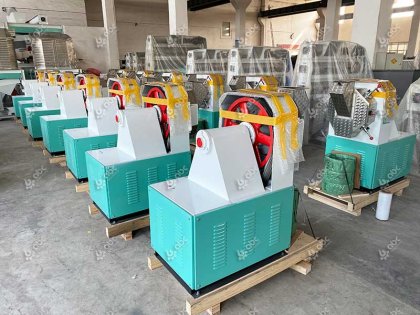-
Our Customers: Large-scale local farmers in Nigeria
-
Client Purpose: Have a commercial feed factory to make feed for chickens, poultry, cattle, pigs
-
Equipment purchased: 13 Sets SBPM250 pellet machines
13 Sets Large Animal Feed Pellet Mills Sent to Nigeria
Below are 13 sets large ring die feed pellet machines for commercial purposes that are packed and shipped to Nigeria.
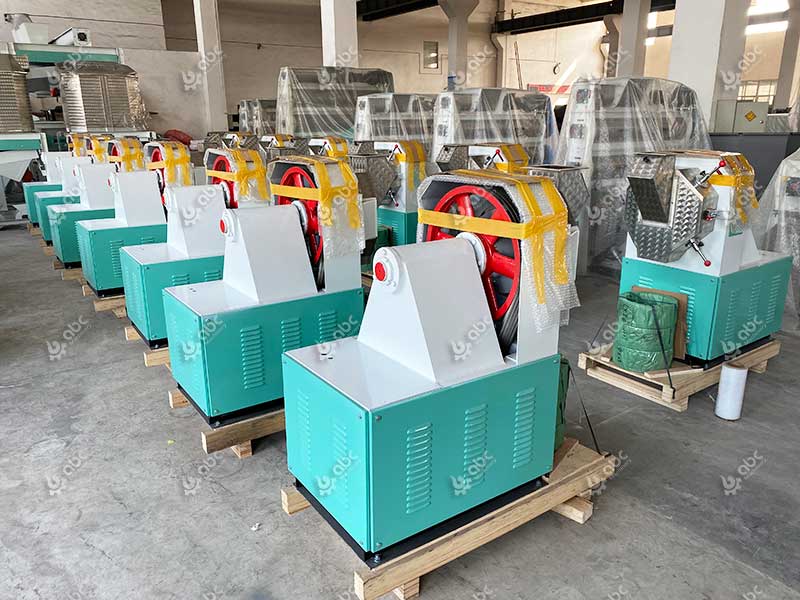
Cost-effective13 Sets Ring Die Feed Pellet Machinery

On-site Inspection of Animal Feed Processing Machines

Feed Production Machinery Loading Site
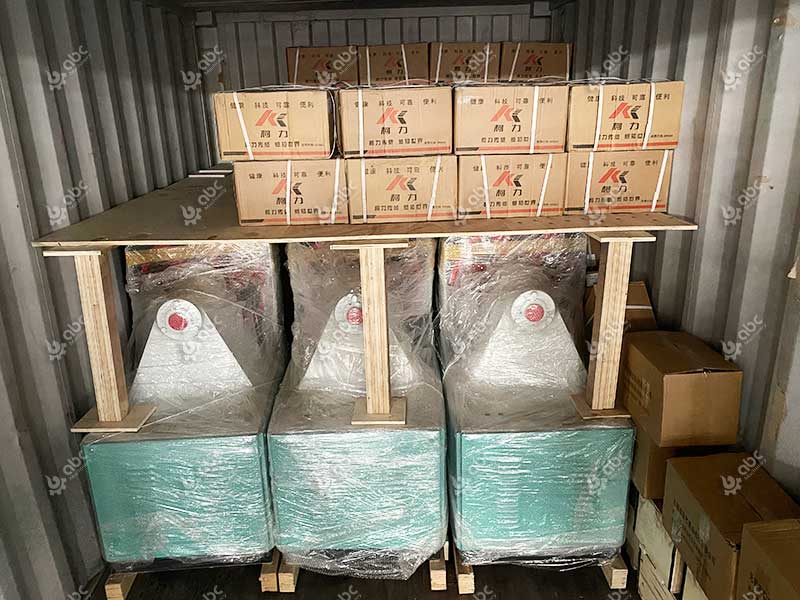
Paked Feed Pellet Production Mills to Nigeria
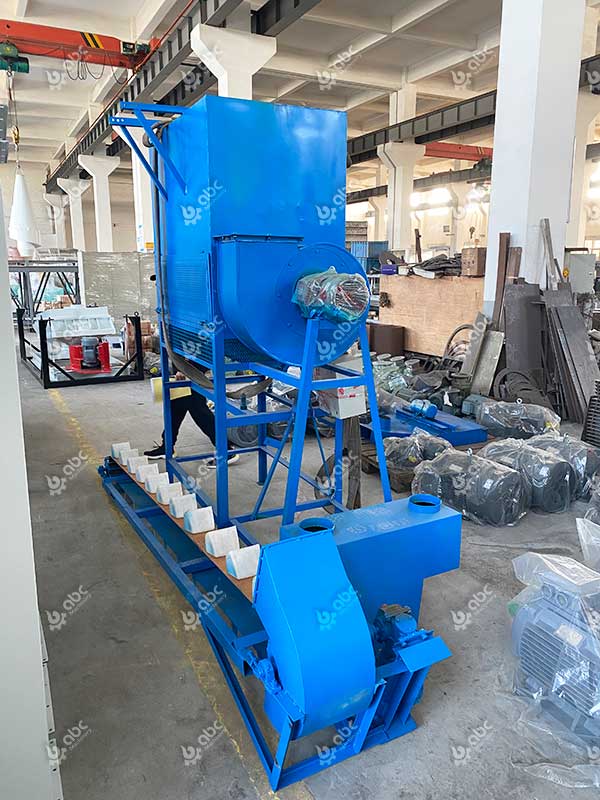
Cooler in Animal Feed Line at Reasonable Price
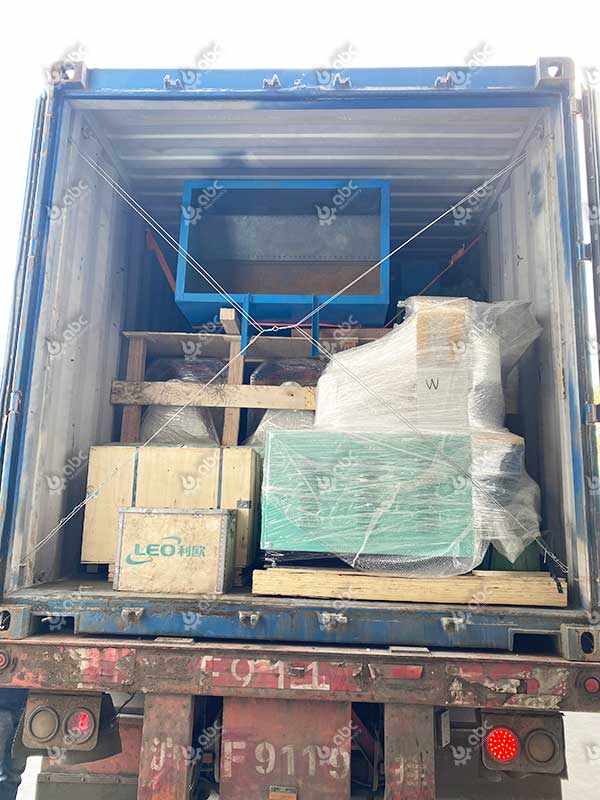
Animal Feed Equipment Delivery Site
| Equipment Model | Capacity | Power | Dimeter of Ring Die |
|---|---|---|---|
| BPM250 | 1.0~2.0 t/h | 0.75 kw | 250 mm |
ABC Machinery exports large animal pellet feed processing equipment to make chicken feed, poultry feed, cattle feed, pig feed, etc. and has established good relationships with local feed pellet manufacturers. We hope that more Nigerian farmers and businessmen can purchase high-quality animal feed mills at factory prices for their feed production businesses. (You may also like: Large Chicken Feed Pellet Processing Project>> )
If you are planning to start a feed pellet making factory and purchase an animal feed pellet production line, please feel free to contact us, we are always happy to work with you according to your specific situation and needs to help you develop the best business plan!
Establishing a 10TPH Livestock Feed Plant
The 13 large-scale commercial-purpose pellet machines bound for Nigeria are capable of producing 10 to 20 tons of animal feed per hour. With the addition of auxiliary equipment such as raw material cleaning systems, crushers, mixers, coolers, and packaging machines, you can customize a complete animal feed pellet production line to suit your needs. This enables you to start your own feed pellet production business for cattle, pigs, and sheep feed production.
Take 10tph as an example, setting up a livestock feed plant with a production capacity of 10 tons per hour requires meticulous planning and execution. Here's a comprehensive guide on how to establish such a facility:
Managing Raw Material Sourcing in Livestock Feed Plant
Securing reliable sources of raw materials is a critical aspect of effective livestock feed plant management. This includes identifying suppliers for grains, with an average annual consumption of 5-10 million metric tons according to FAO, protein sources constituting 20-30% of the feed content, and vitamins and minerals, with global annual consumption figures of approximately 50,000 and 20 million metric tons respectively. Establishing long-term contracts with these suppliers can ensure a stable supply chain and help manage costs, given that raw materials typically account for 70-80% of production costs.
Optimizing Workflow: Key Considerations for Feed Mill Layout
Creating an effective feed mill layout is crucial for enhancing workflow efficiency and reducing production bottlenecks.
Feed production industry standards are as follows:
| Main Equipment | Space Required per Unit (sqm) |
|---|---|
| Feed Grinders | 10-20 |
| Mixers | 15-30 |
| Feed Pellet Mills | 25-40 |
| Packaging Machines | 5-10 |
The feed pellet making plant layout should not only streamline operations but also ensure a comfortable workspace for employees.
Selecting High-Quality Equipment for Your Feed Plant
Procuring high-quality equipment is crucial for the success of your feed plant. Essential components such as feed grinders, mixers, pellet mills, and packaging machines play a pivotal role.
Industry estimates suggest that the production cost for manufacturing livestock feed can range from $150 to $300 per ton, depending on factors such as raw material prices, labor costs, and energy expenses.
Besides, building a 10-ton-per-hour Livestock Feed Plant requires thorough market research, strategic location selection, strict quality control, and comprehensive marketing strategies.
How to Enhance Feed Pellet Mill Efficiency: Best Practices
图片:出粒图和设备的细节图
When using a pellet mill, it's crucial to follow specific guidelines to maximize efficiency and longevity. Here are some essential precautions:
- Pre-processing with High-Oil Materials
Before starting with a new feed pellet mill or changing the ring die, it's wise to process some high-oil materials like flaxseed or cake meal. It helps lubricate and polish the die holes, improving production yield and extending the ring die's lifespan.
- Managing Moisture and Additives
To enhance pellet quality, consider adding around 4% water or steam to the powder before pelleting. Occasionally, you can add up to 3% oil and no more than 10% molasses. These additives can significantly improve the overall quality of the pellets.
- Implementing Preventive Maintenance
If the pellet mill remains unused for an extended period, it's advisable to fill the die holes with oily powdered material or oil-soaked sawdust. This practice helps prevent rust and ensures the mill is ready for use when needed.
By incorporating these practices, you can not only improve the efficiency and lifespan of your pellet mill but also maintain consistent and high-quality pellet production. Additionally, investing in quality animal feed pelleting machinery can further optimize your production processes.
Contact us now for more informations of industrial animal feed pellet production line, and let's make your feed production dreams a reality!













